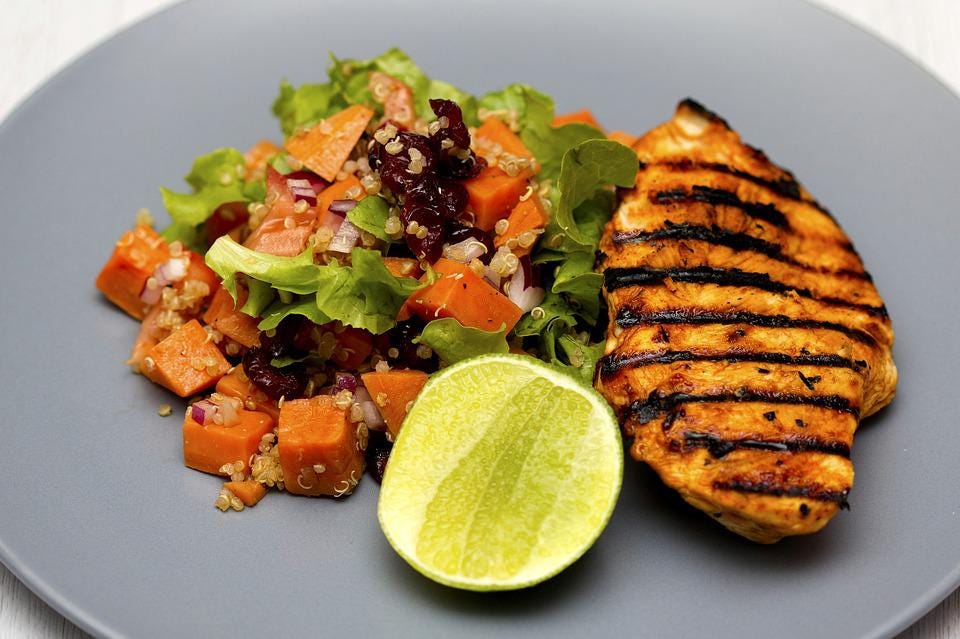Clean eating may sound like a cliché, but it’s simply treating your body right. It includes eating food in a natural state, in smaller amounts, while avoiding those things that are harmful to the body. It’s not a diet, but a lifestyle approach to food – leading to an improved life, one meal at a time.
Eating Clean keeps you feeling…





